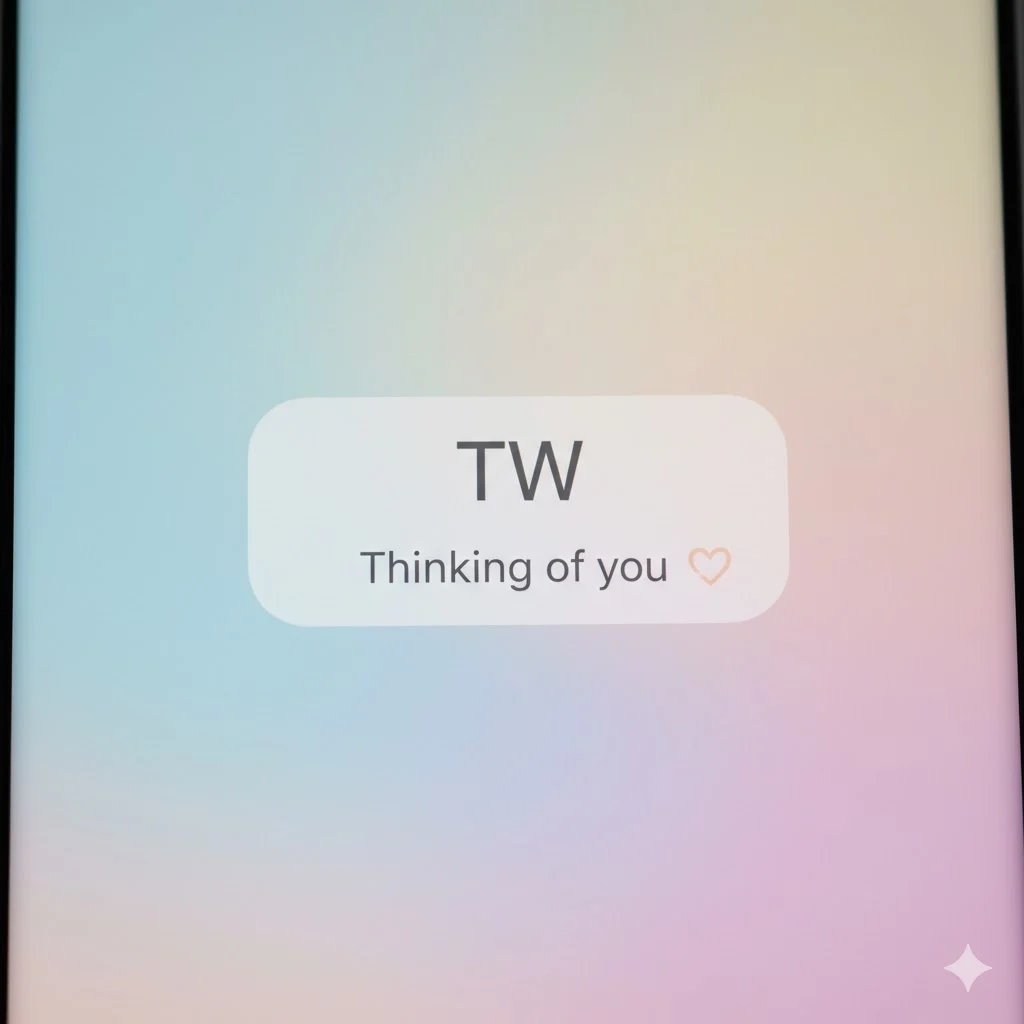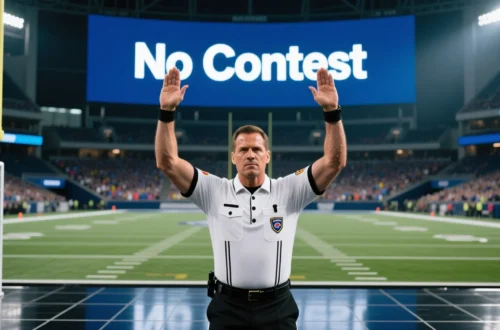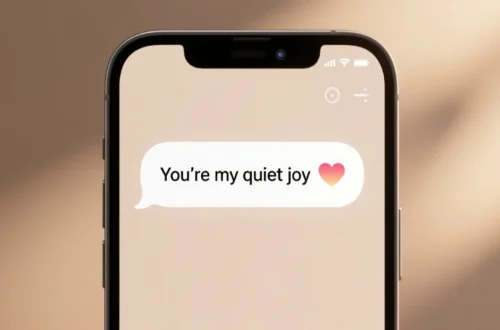“TW: breakup talk 💔”
You’ve probably seen that line on TikTok, Twitter (X), or Instagram, right before a post or video. But what does “TW” actually mean? Is it slang? A secret code? Or something serious?
If you’re scrolling through social media or texting with friends, understanding TW meaning in text is more than just decoding slang — it’s about understanding online empathy.
This guide is for social media users, bloggers, and everyday texters who want to know what “TW” means, when to use it, and how it affects online communication.
By the end, you’ll not only understand the meaning — you’ll know exactly how to use TW responsibly and read it in the right context.
📖 Meaning & Definition
The abbreviation “TW” stands for “Trigger Warning.”
It’s used to alert readers or viewers that the following content might be emotionally difficult, sensitive, or disturbing.
In text messages, tweets, captions, or posts, TW appears right before a topic that could remind someone of trauma or distress — helping people prepare emotionally before engaging.
💡 Examples
| Context | Meaning | Example |
|---|---|---|
| Social Media | Trigger Warning | “TW: self-harm discussion” |
| Text Message | Heads-up for emotional topic | “TW, can I talk about something heavy?” |
| Blog or Video | Content Alert | “TW: mentions of anxiety and loss” |
Example in Real Conversations
Lina: TW: family issues. Just need to vent.
Maya: Got you ❤️ Take your time.
Here, “TW” signals emotional sensitivity — giving the other person a respectful heads-up.
Another one:
Tweet: TW: abuse. Sharing my story to raise awareness.
The goal isn’t to hide reality — it’s to prepare the reader.
🧠 The Purpose Behind TW
The use of “TW” started as a form of online empathy.
In the early 2010s, communities on Tumblr and Reddit began adding trigger warnings to protect survivors of trauma from unexpected emotional triggers.
Over time, TW evolved into a quick shorthand — now used across TikTok, YouTube, Instagram, and text messages.
It shows awareness and respect for people’s emotional boundaries, especially around topics like:
- Violence
- Abuse
- Mental health
- Eating disorders
- Loss or grief
In short: using TW doesn’t mean you can’t talk about hard things — it means you’re choosing to do it thoughtfully.
🎭 Modern Usage & Contexts
“TW” is used differently depending on the platform and tone — sometimes serious, sometimes casual, but always as a sign of care.
💬 On Social Media
“TW: toxic relationship talk 💔”
Used before sharing stories, videos, or memes that touch emotional or sensitive themes.
💻 In Text Messages
“TW — can I ask about what happened?”
Used before opening up about something heavy or asking a sensitive question.
🧵 On Twitter/X Threads
“TW: depression. Sharing my recovery journey.”
Gives followers time to decide if they’re ready to read.
🎥 On TikTok or YouTube
Caption: “TW: eating disorder mention 🕊️”
Creators add this to captions or video intros.
⚠️ TW vs CW: What’s the Difference?
You might also see CW, which stands for Content Warning.
| Abbreviation | Meaning | Use Case |
|---|---|---|
| TW | Trigger Warning | Emotional or trauma-related content |
| CW | Content Warning | Sensitive but not necessarily triggering content |
Example:
- TW: discussion of assault
- CW: flashing lights, loud sounds
👉 Think of TW as emotional sensitivity, and CW as sensory or general sensitivity.
💬 How to Use TW Correctly
Here’s how to use “TW” with clarity and care:
- Place it before the topic.
Example: “TW: anxiety — I had a rough day.” - Keep it short and clear.
Don’t overuse it for normal posts. - Use it for real triggers.
Avoid joking about TW — it defeats the purpose. - Respect others’ responses.
If someone says, “Thanks for the TW,” that’s appreciation.
🤷 Common Misunderstandings
Let’s clear a few things up:
- TW doesn’t mean “too weird.”
(Yes, people think that sometimes. It doesn’t.) - It’s not about censorship.
TW doesn’t stop conversations — it prepares them. - It’s not only for serious trauma.
People use it for smaller emotional triggers, too. - It’s not a trend.
It’s a community practice — built on care and understanding.
💬 Sample Dialogues
Mina: TW, I might talk about my breakup again 😭
Rae: Go ahead, I’m here for you ❤️
User Post: TW: panic attacks — sharing how I cope.
Comment: Thank you for the heads-up 💬
Friend: TW, I’m gonna vent about work stress.
You: Totally fine. Hit me with it.
See? It’s not dramatic — it’s respectful communication.
🌍 Global & Cultural Impact
“TW” has now become a universal digital courtesy.
Across platforms and countries, it helps create safer online spaces for people to share real experiences.
Different regions may use it slightly differently:
- U.S./UK: “TW” = “Trigger Warning” (standard)
- Australia/Canada: Common on social media and support groups
- Asia (especially K-pop fandoms): Used before emotional or mental health-related content
The meaning stays consistent — it’s all about emotional safety.
🚫 When Not to Use TW
Even though TW is considerate, it can lose meaning if used everywhere.
Avoid using it:
- For lighthearted topics (“TW: my new haircut 😅”)
- As a joke (“TW: spoilers for pizza 🍕”)
- When it dilutes serious discussions
Remember — using TW is about empathy, not exaggeration.
💡 TW in Pop Culture
You’ll often see “TW” on TV show descriptions, fanfiction, and YouTube disclaimers.
It’s now part of mainstream content labeling — helping people decide if they’re ready to watch or read something.
Example:
“TW: graphic violence in episode 5”
or
“TW: emotional themes — viewer discretion advised.”
Even platforms like TikTok encourage adding TW/CW in captions to make content more inclusive and mindful.
🧠 Why It Matters
In a world where everyone’s experiences are different, a simple “TW” shows emotional intelligence.
It communicates:
- “I care about how this might affect you.”
- “You have the choice to engage or skip.”
That’s powerful digital respect — the kind that builds trust in online spaces.
❓ Quick FAQs
Q1. What does TW mean in text?
It means Trigger Warning — a heads-up before sensitive content.
Q2. Is TW slang or serious?
It’s serious and respectful, not casual slang.
Q3. What’s the difference between TW and CW?
TW = emotional or trauma triggers.
CW = general sensitive content.
Q4. Should I use TW in my social posts?
Yes, when discussing heavy topics like mental health, abuse, or trauma.
Q5. Can TW be used in text messages?
Absolutely — especially when warning someone before talking about a tough subject.
🪩 Wrap-Up
“TW” isn’t just another online abbreviation — it’s a symbol of digital kindness.
In a fast-moving world of memes and messages, it reminds us to slow down and think: Could this hurt someone unexpectedly?
Whether you’re a creator, texter, or casual scroller, using TW shows you care — and that’s what truly defines modern online communication.
So next time you see “TW” before a post, remember: it’s not a restriction.
It’s a sign of respect.






